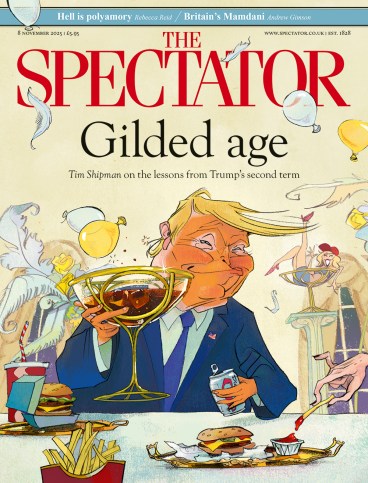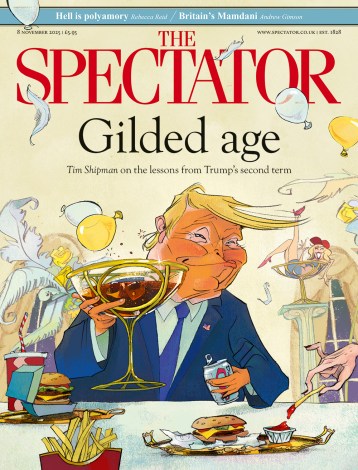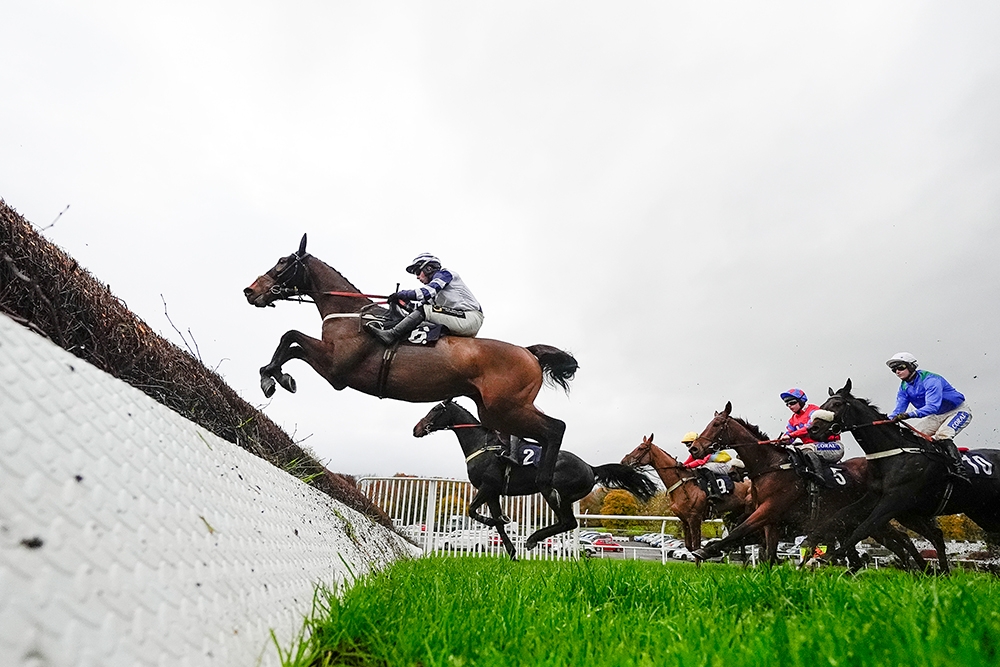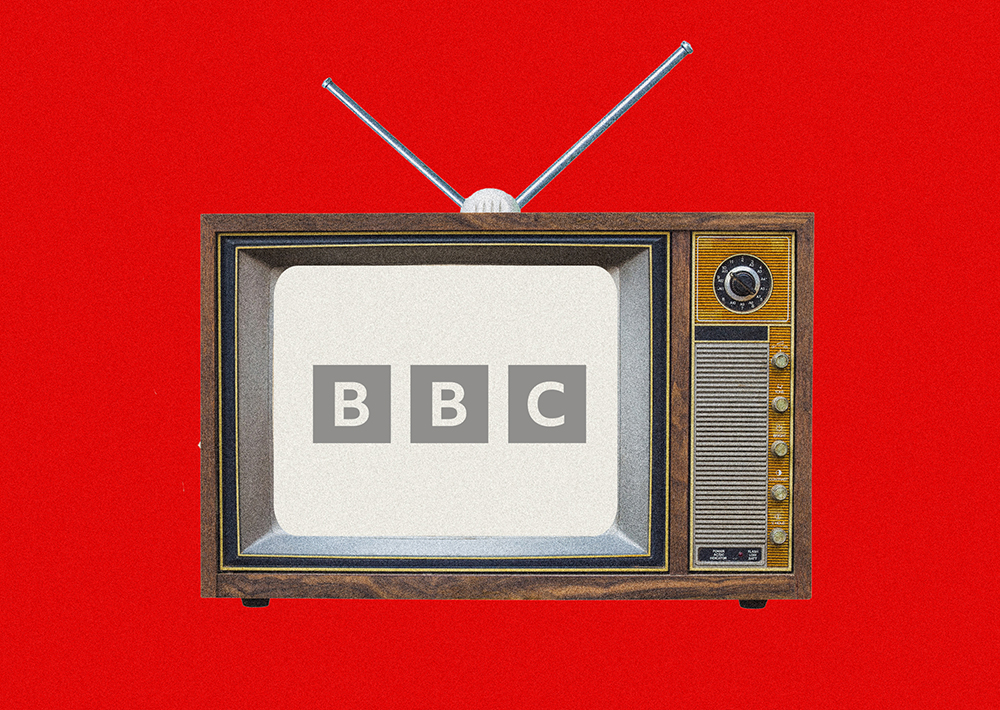
It was Frank Johnson who as The Spectator’s editor asked me to mix my then day job as the BBC’s political editor with writing this column. For someone starstruck by racing as a 12-year-old, bicycle propped against the old Hurst Park racecourse wall to watch the jousting jockeys in their myriad colours flash by, the opportunity was irresistible. It felt like a pass into a magic world: mingling in the winners’ enclosure with the titans of the sport, arriving at bustling stable-yards in the early hours amid the swish of brooms and clatter of buckets, relishing frosty mornings on downland turf as strings of skittish two-year-olds learned their trade.
Memories from the three decades since include gunning to the top of Nicky Henderson’s Seven Barrows gallops to see equine athletes such as Altior and Sprinter Sacre, having Jonjo O’Neill talk me stride by stride through Dawn Run’s Gold Cup victory, hearing Peter Easterby chuckle over the owner who wouldn’t let him run Night Nurse over hurdles. He gave him his money back, sold him on at a profit and then won 19 races over timber including two golden age Champion Hurdles.
I relish too a moment spent standing beside Ralph Beckett the week Bluestocking won the Arc. As several million pounds worth of horseflesh circled before exercise, his scrutiny was so intent that I feared being between him and his horses could bring a laser piercing.
I wasn’t from a racing family and was a poor youthful rider, so I understood the response from a parachute regiment colonel asked why he liked jumping out of aero-planes. ‘I don’t,’ he replied. ‘It makes me sick every time. I just like being with the kind of people who do like diving out of aeroplanes.’ I love racing for its colour and thrills, for the first-past-the-post simplicity of its contests and for the courage of those whose sporting efforts are of necessity followed by ambulances.
For jockeys, as Ruby Walsh puts it: ‘There is a difference between “oh my god I’ve broken it” pain and ordinary nuisance pain.’ Trainers need not just an instinctive eye for a horse but the skill to know when to accelerate and when to hold back with its preparation, plus the patience to cope with demanding owners. Theirs really are the most challenging of all small businesses.
Racing crowds too are likeable. They don’t boo their own team and demand the manager’s sacking after a couple of lost games. With a betting voucher on the favourite in their pockets, they will cheer on a winning outsider because it is ridden by a jockey back from injury or down on his luck.
The wise Mrs Oakley has always insisted we leave a party while we are still enjoying ourselves
With judicious use of downtime working for the BBC and CNN and lecturing around the world on cruise ships, I have been lucky enough to experience racing in Ireland and in France, in Hong Kong, Australia and New Zealand, even Cyprus and Mauritius. There have been surprises, too, not least an impromptu invitation one day at Newbury to join Her Majesty Queen Elizabeth for tea in the royal box. She asked for my assessment of Prime Minister’s Question Time performances and, yes, I am sure she liked a bet: much of our conversation focused on her undisguised envy at her chauffeur having backed the first three winners.
Perhaps the biggest surprise is that The Turf is still here 30 years after Frank Johnson’s invitation: a period which has seen nine prime ministers occupying No. 10 and five editors of this magazine. This will, though, be my final appearance. The wise Mrs Oakley has always insisted that we leave a party while we are still enjoying ourselves and not when yawning hosts have to throw us out with the empties.
As I depart, the sport has serious worries, including falling foal numbers, declining attendances and poor prize money shared among too few. But racing also has a gift for renewal. When a Piggott or a Dettori retires, along comes a smiling Billy Loughnane with a 40-year-old racing brain atop his 19-year-old frame.
In the end it is all about the horses. The best I ever saw? Sea The Stars, who in six months in 2009 won six Group Ones: the 2000 Guineas, the Derby, the Eclipse, the Juddmonte International, the Irish Champion Stakes and the Prix de l’Arc de Triomphe. The best filly was Enable, who won 15 races including two Arcs and three King Georges. Her effort beating Crystal Ocean in the 2019 King George, after they had battled eyeball to eyeball through the last two furlongs, goes down as one of the best races ever; the second too received an ovation from the enraptured Ascot crowd. For me that contest was bettered only by George Duffield on Giant’s Causeway mano a mano with Pat Eddery on Kalanisi in the Eclipse of 2000.
And my favourite triumph? That has to be Henrietta Knight’s Best Mate, who in winning his third Gold Cup in 2004 proved himself a true battler as well as a supreme athlete. Thanks to them all and to you kind readers. May all your photo finishes go the right way.







Comments